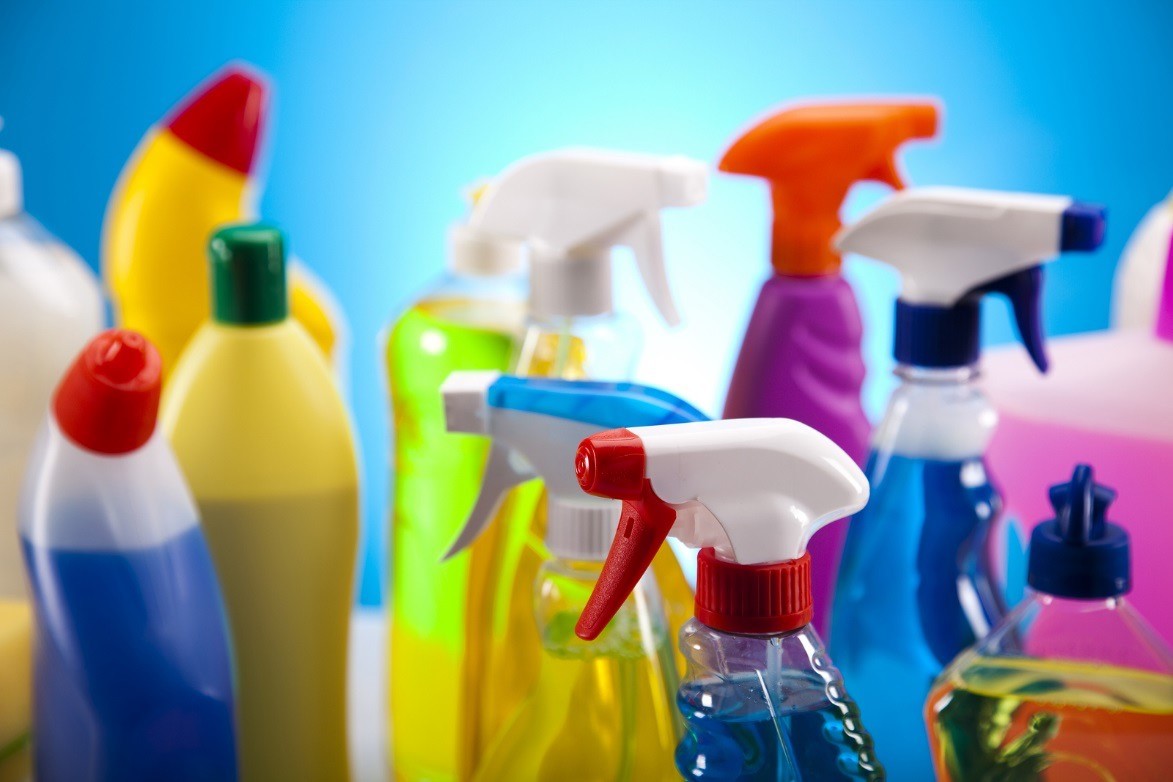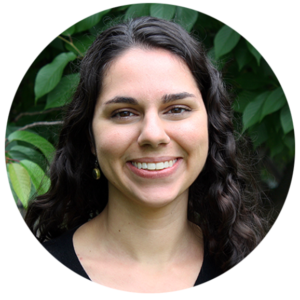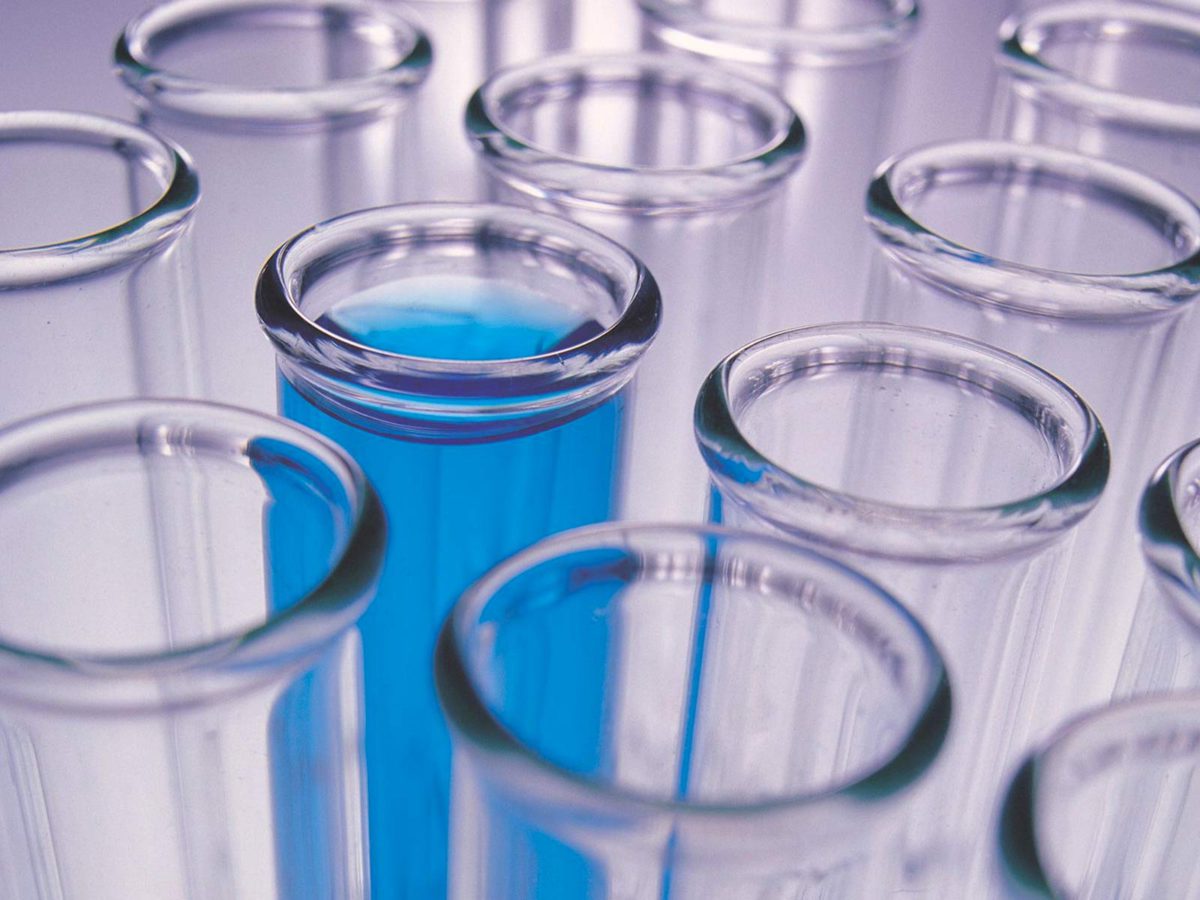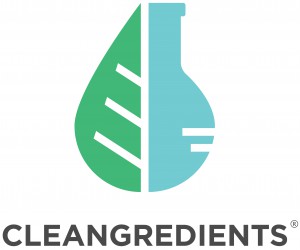Stepan Company, a long-term supplier who showcases its ingredients on CleanGredients, strives to offer safer solutions to its customers. One example of Stepan’s commitment to offering the market innovative and safer ingredients is its development of seven “starter formulations” that have undergone internal stability and performance testing, and also meet the U.S. EPA Safer Choice certification requirements.
Stepan developed these products to help those who are either unfamiliar with the U.S. EPA Safer Choice Program or lacked the time, money, or resources to develop and certify their own formulations. These starter formulations allow Stepan to share learnings and insights gained from years of experience working with its third-party profiler and the U.S. EPA in formulating greener products.
Formulators who are looking for flexibility can access Stepan’s full range of ingredients listed in CleanGredients and select the ingredients custom to their formula. However, those who may be less familiar with the U.S. EPA Safer Choice Program’s product review and approval process can significantly simplify matters by using one of Stepan’s seven approved, finished formulations. They are available for a variety of household and institutional cleaning applications, as identified below.

Because the starter formulations have already been tested and reviewed in compliance with U.S. EPA Safer Choice standards, time to market for a Safer Choice-certified product is dramatically reduced for formulators and may offer them an opportunity to extend a product line with reduced overhead cost. The formulations take the guesswork associated with ingredients or residuals of concern out of the equation. And because Stepan has already incurred the costs associated with individual ingredient review, use of the starter formulations takes these costs out for the product formulator as well.
Stepan has a long history of involvement with the U.S. EPA Safer Choice Program and CleanGredients:
- The company was a key stakeholder in the development of the first ingredient screen for surfactants.
- In 2006, Stepan Company listed its first five ingredients in CleanGredients. Since that time, Stepan has listed a total of 30 surfactants in continued support of all who seek Safer Choice certification.
- The company recently re-certified its seven starter formulations for another three years.
When asked her advice for companies looking to formulate greener products complying with the Safer Choice standard, Anne Gariepy, Stepan’s North America Technical Service and Sales Development Manager, said, “If you have questions, engage your third-party profiler and the U.S. EPA prior to formulation development. They are very open, approachable and willing to offer advisement. It will benefit all parties. Second, engage multiple stakeholders within your own organization in continued effort to educate and achieve alignment on the activities that have the greatest impact on an organization’s overarching sustainability goals.”
To learn more about Stepan’s U.S. EPA Safer Choice-approved starter formulations, visit www.cleangredients.org.


 This spring, Elizabeth Ritch joins the GreenBlue team as a project associate focused on the CleanGredients program. Elizabeth comes to GreenBlue from Ramboll Environ. Learn more about Elizabeth in the interview below.
This spring, Elizabeth Ritch joins the GreenBlue team as a project associate focused on the CleanGredients program. Elizabeth comes to GreenBlue from Ramboll Environ. Learn more about Elizabeth in the interview below.





